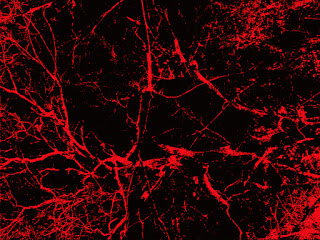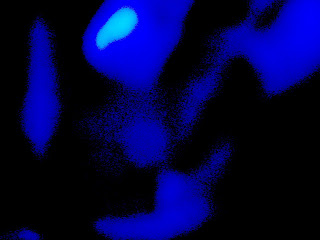NAZI changed Fairy Tales
NAZI changed Fairy Tales
If a fairy tale did not fit or allow what was believed to be a proper
German/NAZI interpretation, it would be altered.
Example: Hansel and Gretel
 |
Von Ludwig Richter - Hänsel und Gretel
Illustration für das Märchen / Gemeinfrei, https://commons.wikimedia.org/w/index.php?curid=8348127
We all know this Fairy Tale. But it was a problem for the NAZIs, for could a good German mother speak to her husband:
"You know what, man," replied the woman, "we want to take the children out early in the morning into the forest, where it is the thickest. We'll make them a fire and give each of them a piece of bread, then go we get to our work and leave them alone. They cannot find their way home and we are rid of them. "
- "No, woman," said the man, "I don't; how can I bring myself to leave my children alone in the forest! The wild animals would soon come and tear them apart." - "Oh, you fool," she said, "then the four of us will have to die of hunger, you can only plane the boards for the coffins," and left him no peace until he consented. "But the poor children take me on," said the man. (Google Translation)
Remark: in the very original Hansel and Gretel version, the ‘mother’ was
really her mother, not the ‘stepmother’. This change was introduced by Wilhelm Grimm
(since stepmother are almost always evil – or had to be).
 |
| Hansel and Gretel. Kinder- und gesammelt du : Grimm, Jacob, 1785-1863 : Free Download, Borrow, and Streaming : Internet Archive |
The NAZI -oriented explanations were:
Since a good German mother (or stepmother) could never abandon her
children, this part of the story had been changed by the evil forces that always
worked against the Germanic ideal. In the original (unaltered) version, the
mother and father dropped the children off dearly hoping that they would be
found and rescued from someone else. (Hmm, in the middle of a thick forest?).
And what about the witch (German: Hexe)? One interpreter tried to change the word Hexe into ‘Böse Zauberin’ (evil sorceress), because Hexe stemmed from the Germanic ‘Hagadise, Hagezussa’ and was – according to the interpreter - a term for a honorable Germanic herb woman, and not for something who is as evil as the ‘witch’ in Hansel und Gretel. (Makes sense?).
 |
| Witch House Kinder- und gesammelt du : Grimm, Jacob, 1785-1863 : Free Download, Borrow, and Streaming : Internet Archive |
But wait, the far better tale interpretation is: the
witch symbolizes ‘Roma and Juda’ who always tried to slaughter the Germanic/German
Volk.
For example, such changed fairy tales were promoted during wartime by
the collectable fairy tale publications from the Winterhilfswerk des Deutschen
Volkes (Winter Relief of the German People).
 |
| Hansel and Gretel Herkunft/Rechte: Deutsches Märchen- und Wesersagenmuseum / Hanna Dose (CC BY-NC-SA); https://owl.museum-digital.de/index.php?t=objekt&oges=4177 |



Comments
Post a Comment